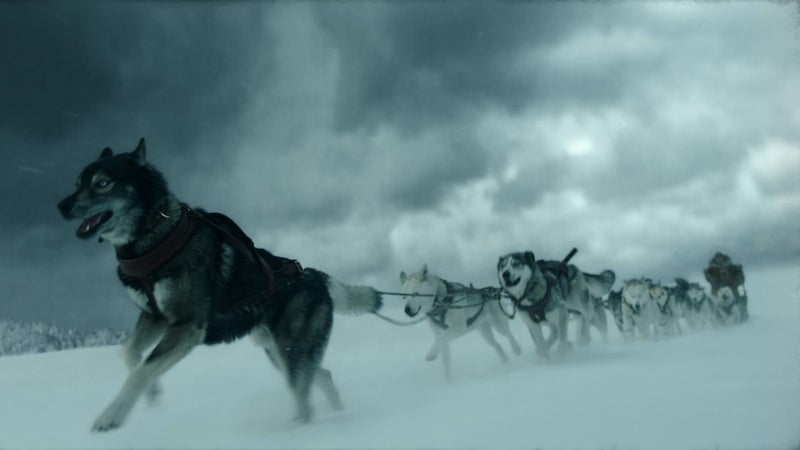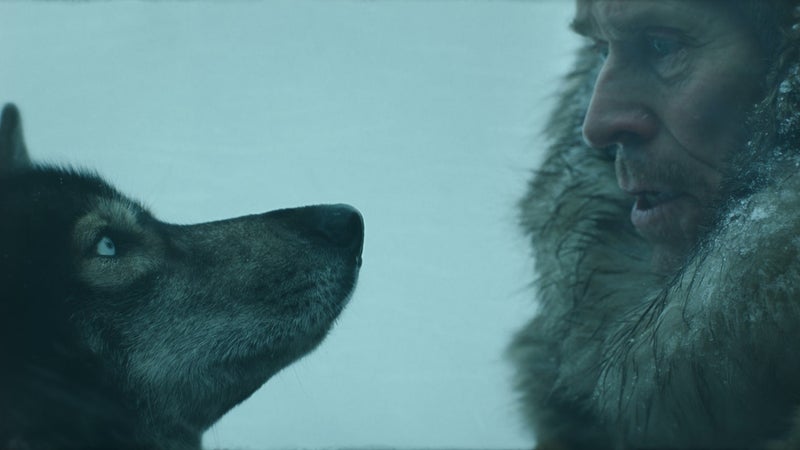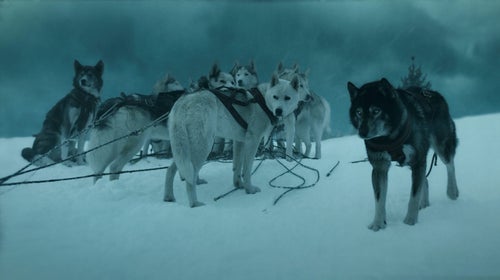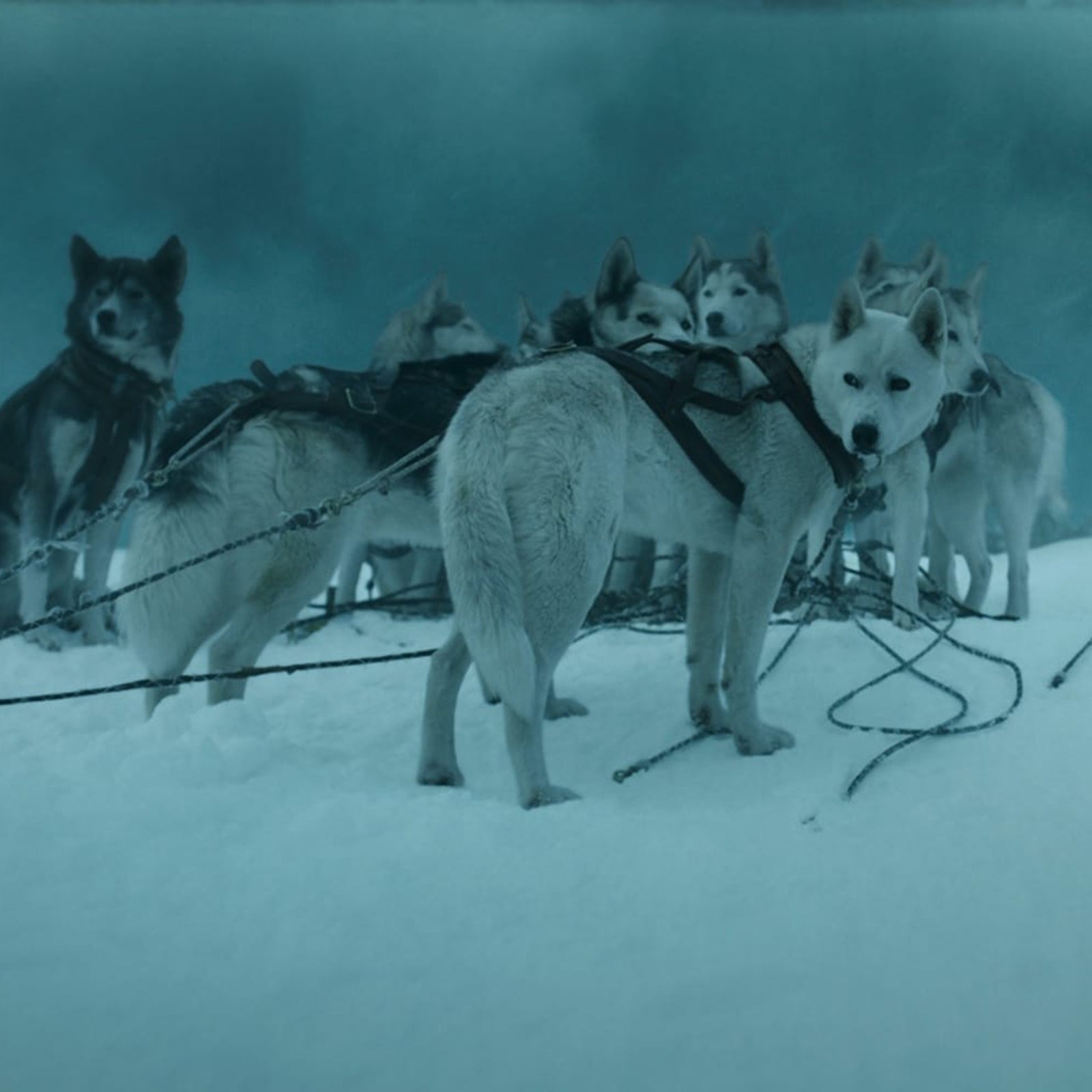In the winter of 1925, a deadly illness struck the city of Nome, Alaska. The nearest stores of medicine were hundreds of miles away, across the stateÔÇÖs snowy interior. But youÔÇÖve heard this story.╠řThe 1995╠řmovie immortalized it for a generation: the╠řeponymous╠řdog rallied the team that brought the lifesaving╠řserum through the Alaskan wilds, heroically saving the cityÔÇÖs╠řchildren. Since 1925, Balto has earned universal acclaim, legions of fans, and a in New York CityÔÇÖs Central Park.
But , a new movie╠řthat hits the Disney+ platform on December 20, corrects the historical record in favor of an underdog. As it turns out, Balto was just one of more than 100 pups who made that lifesaving dogsled relay to Nome possible. Balto did lead the canine team over the final 55-mile stretch of the journey (he was still leading the pack when it arrived in the city itself). But a different dog, Togo, ran more than double the distance of any other dog on the team and led it╠řthrough some of╠řthe riskiest spots.
Togo, which stars Willem Dafoe, promises to chart the life of the historically overlooked pup who made the crucial╠řdelivery of medicine possible. For all the true dogsledding╠řaficionados out there, we broke down the real history of Togo and BaltoÔÇÖs now legendary run to Nome.╠ř
https://www.youtube.com/embed/HMfyueM-ZBQ
The saga when a doctor diagnosed the first case of diphtheria, a╠řdeadly illness, in a young boy in Nome in January 1925. The city, located approximately 150 miles╠řsouth of the Arctic Circle, had a population of just under 1,000. Diphtheria was called the ÔÇťstrangling angel of children,ÔÇŁ because it releases╠řa toxin that shuts down its victimÔÇÖs╠řwindpipe. Young children were especially vulnerable to it.╠ř
In the winter of 1925, Nome had a supply of antitoxin, the serum then used to treat diphtheria, but it had all expired.╠ř(A vaccine was later developed that has╠řvirtually eliminated╠řthe disease.) The townÔÇÖs single doctor and four nurses watched helplessly as a three-year-old boy died, soon followed by a seven-year-old girl. They worried that the fatality rate for those infected would be 100 percent. Several years earlier, a flu epidemic had killed off half of NomeÔÇÖs indigenous population.
NomeÔÇÖs medical team put out a call for helpÔÇöand found that the nearest supply of serum was in a storehouse outside Anchorage. Trains could bring╠řit to within around 700 miles╠řof Nome, and the team hoped bush planes could take it from there. But that week, record-setting cold weather and gale-force winds swept across Alaska, grounding the only rickety planes in the area.╠ř
The people of Nome realized that sled dogs would have to carry the 20-pound package of medicine to their city through the storm. It was the only way.

Enter our storyÔÇÖs hero: Togo, who was already a champion racer by 1925 but whose running days were largely behind him. HeÔÇÖd been born a smaller-than-average puppy in 1913╠řbut quickly distinguished himself as a sled dog, running 75 miles his first time in a harness. According to Gay and Laney SalisburyÔÇÖs , a 2003 history of the serum run, Togo was a living legend among Alaskan dogsledders,╠řÔÇťa natural-born lead dog.ÔÇŁ╠řAlthough Togo was 12 years old in January 1925, he was still fast and strong. He was tapped to anchor the serum relay team.
ÔÇťHe was the best dog [owner Leonhard Seppala] had at navigating sea ice, and would often run well ahead of the team on a long lead in order to pick out the safest and easiest route across Norton Sound or other parts of the Bering Sea,ÔÇŁ the Salisburys write.╠řThat talent served Togo well on the serum run: at one point, the intrepid pup led the team across 40 miles of Bering Sea ice in the face of an oncoming storm.
No single dog deserves all the credit for saving Nome. To deliver the antitoxin, more than 20 mushers and 100 dogs carried the medicine from a train line near Fairbanks (where temperatures hovered around minus 50 degrees),╠řalong the Yukon River, over a frozen bay, and finally along the Bering Sea coast. Still, Togo was arguably the teamÔÇÖs most impressive canine╠řin sheer distanceÔÇöhe ran more than 350 miles total, more than any dog in the packÔÇöas well as heroics.

Viewers of Togo might assume its most cinematic moments are the product of HollywoodÔÇÖs╠řcreative license, but they would be wrong. In one dramatic scene, Togo has reached shore, but the sled with the medicine has gotten stuck on floating ice on the other side of a frigid channel of water. In a feat of athleticism and frankly un-doglike ingenuity, Togo grabs the lead rope in his mouth and pulls the sled ashore.╠řThisÔÇöand we cannot stress this enoughÔÇöactually happened.╠ř
HereÔÇÖs another moment in the flim that seems too good to be true╠řbut is:╠řBecause of TogoÔÇÖs diminutive size as a puppy, his owner once gave him away to╠řa family to keep as a house pet. Within weeks, Togo had had enough of domestic life. He broke through a window and╠řran back to SeppalaÔÇÖs sledding kennels, a scene that occurs early in the movie.
Did the serum run to Nome need a reboot? We came to Togo skeptical, but now weÔÇÖre sold:╠řthe original Balto film left out the journeyÔÇÖs most interesting character.


